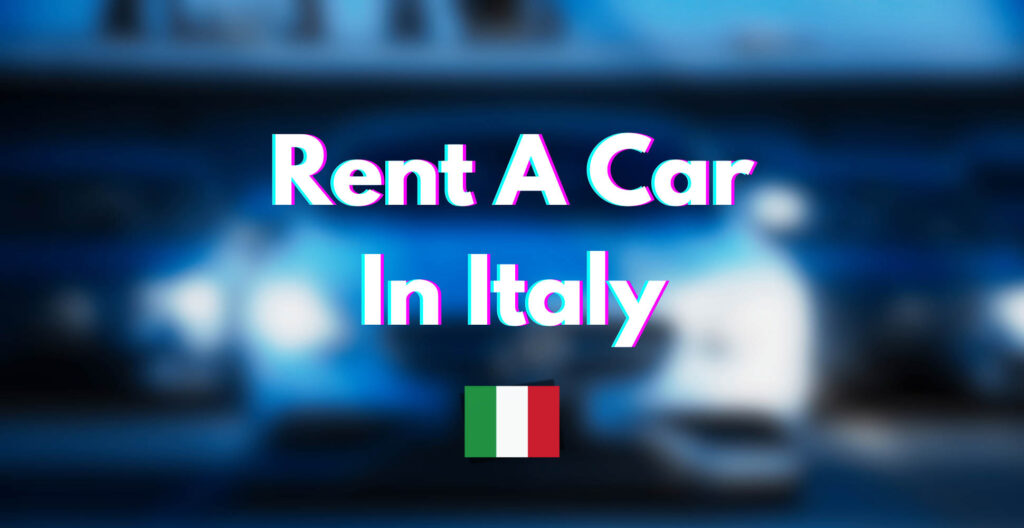
Renting a car in Italy can give you the freedom to explore the country beyond train stations and bus stops. Whether you’re planning to drive through the main cities, reach small villages in Le Marche, or take a coastal road trip, understanding the rules for car rentals is essential.
👉 For context on driving in Italy, see our Transports in Italy article and our guide to Driving on Autostrade.
Table of Contents
- Who Can Rent a Car in Italy
- Documents You Need
- What to Expect When Renting
- Alternatives to Car Rental
- Renting a Car as a Non-Italian Speaker
- Key Takeaways
- See Also
Who Can Rent a Car in Italy
EU Citizens 🇪🇺
• Driving license: Any EU/EEA driver’s license is valid in Italy.
• Age requirements: Most agencies require drivers to be at least 21, with a surcharge for drivers under 25.
• Insurance: Basic insurance (CDW + theft protection) is usually included in the rental price.
UK, US, Canadian, Australian and Other Non-EU Citizens 🇬🇧 🇺🇸 🇨🇦 🇦🇺
• Driving license: You need your national license plus an International Driving Permit (IDP). Without it, rental agencies may refuse your booking.
• Age requirements: Same as above (usually 21+), but younger drivers may find higher fees.
• Insurance: Check if your credit card covers rental insurance abroad — otherwise you’ll need to purchase extra coverage.
Non-EU Residents in Italy
If you’ve established residence in Italy for more than a year, you are usually required to convert your license to an Italian one (if there’s a treaty) or obtain a new Italian license. Otherwise, you may not be able to rent.
Documents You Need
When picking up your car, you’ll need:
• Valid driver’s license (and IDP if required).
• Passport or valid ID card.
• Credit card in the driver’s name (for deposit).
What to Expect When Renting
• Transmission: Manual cars are cheaper and more common. Automatics cost more and may be limited in supply.
• Fuel policy: “Full-to-full” is the standard — return with a full tank.
• Mileage limits: Many rentals offer unlimited mileage, but always confirm.
• ZTL zones: Watch out for restricted traffic areas in cities. Fines are automatic.
Alternatives to Car Rental
Car rental is not always necessary — especially if you’re staying in larger cities or moving between well-connected towns. Before deciding, check our guides on:
• How to Use Bus Services in Italy
• Car Sharing and Car Pooling in Italy.
Renting a Car as a Non-Italian Speaker
• Major rental companies (Hertz, Avis, Europcar, Sixt) all have English websites and staff in main airports and cities.
• In smaller towns, English may not be spoken. Have your documents ready and consider booking online in advance.
• Use apps like Google Translate for contract details.
Key Takeaways
• EU citizens can rent with their local license; non-EU drivers need an IDP.
• Minimum rental age is usually 21, with surcharges under 25.
• Be prepared for manual cars unless you request automatic.
• Always check ZTL zones before entering a city center.
• Renting makes sense if you plan to explore rural areas, but public transport may be easier in big cities.
